Click to Skip Ahead
Lice on cats are not as common in our pets because of the use of flea and tick-preventative medications. Unfortunately, there is no good way to get these medications to feral cats.
And at-home remedies do nothing, as does treating and spraying the homes of feral cats with insecticides—absolutely nothing. So, what can you do to help treat lice in feral cats? Read on to learn how!

Cat Lice Infestations 101
The species of louse that infests cats is called Felicola subrostratus. Lice are species-specific, meaning they only infect one species. So, you cannot get lice from a cat, and neither can your dog. This does mean, however, that your pet cat can get lice from feral cats.
The good (and bad) news is if a feral cat is infested with lice, then as disgusting as it may seem, the lice are probably not its biggest problem. Lice do not suck blood; they only chew the skin. So, while the skin can get very itchy, a cat can over-scratch themselves and get secondary bacterial infections. The lice are probably only a small part of their overall health problems.
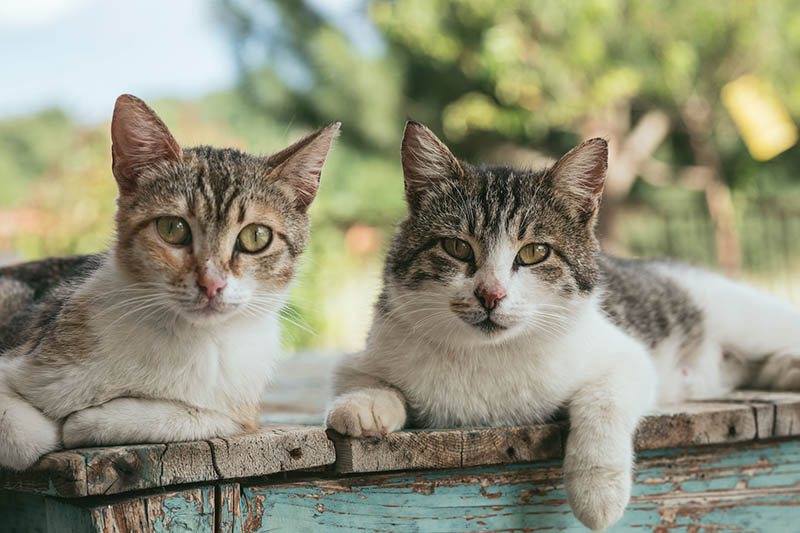

The 4 Tips to Get Rid of Fleas in Feral Cats
1. Get Close to Them
Diagnosing and identifying lice cannot be done without touching the cat. While lice infestations can cause skin issues that may be apparent from a distance, like hair loss, dermatitis, and over-grooming. All these problems can also be caused by other health problems and external parasites, such as:
- Fleas
- Mites
- Malnourishment
- And even systemic diseases like hyperthyroidism.
So, if you have a feral cat that you cannot touch, it would be very difficult to know that certain lice are a problem, not fleas, mites, or even poor nutrition. Even if you can touch the cat, lice might be theoretically big enough to see on the fur—but just barely. A microscope or magnifying glass can help. But also, it can be difficult to see them scurrying around in the fur—they are very quick and surprisingly good at hiding.
Sometimes it is easier to see the nits that collect on the hair. Nits are the eggs that get glued to hair strands. They are whitish gray, almost translucent, and oval, and importantly stay in one place.
2. Be Aware of Feral Cat Colonies
Lice are more likely to occur when cats are hanging out together in close proximity. So, a colony of feral cats is more likely to have lice than a singleton roaming alone.
Feeding a colony of cats can cause cats to cluster together when they normally would spread out. And that can mean that lice are more likely to spread from cat to cat. Getting all the cats together to feed them might actually be exacerbating the problem.
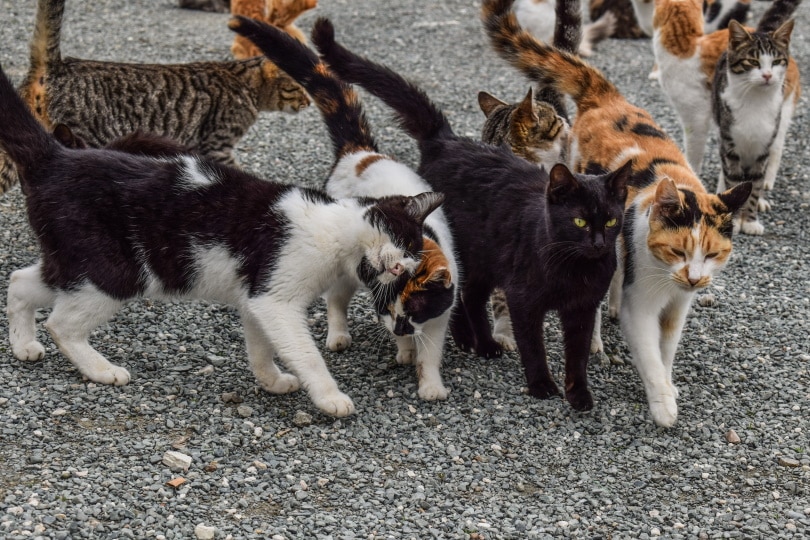
3. Complete the Treatment
The medications that treat lice must be applied directly onto the skin. And they need to be repeated regularly. Most of the time, once a month is enough for in-house pets that are not exposed to a lot of lice eggs.
But if a feral cat has a high infestation rate and has a lot of eggs stuck to their fur, they will need to be treated again in 2 weeks because the eggs will have hatched by then.
So, in order to theoretically treat a feral cat, you would not only have to capture it once, but you would also need to do it again in 2 weeks.
If you need guidance on choosing a lice treatment for your cat, we suggest you speak to a vet.

If you need to speak with a vet but can’t get to one, head over to PangoVet. It’s an online service where you can talk to a vet online and get the personalized advice you need for your pet — all at an affordable price!
4. Treat All the Feral Cats
And you would have to treat all the cats in the neighborhood. The contagious nature of lice means that if a cat’s immune system is not strong enough to fight them off in the first place, then after you treat them, the lice will come back quickly.
Anyone who knows a cat that does not like to be held knows they would probably just rather live with lice than suffer the indignity of being manhandled—repeatedly.
It is just not worth the minimal reward of treating them by capturing, stressing, and releasing them. If you do catch them, arrange for them just to find them a new home—it’s a much more sustainable option.
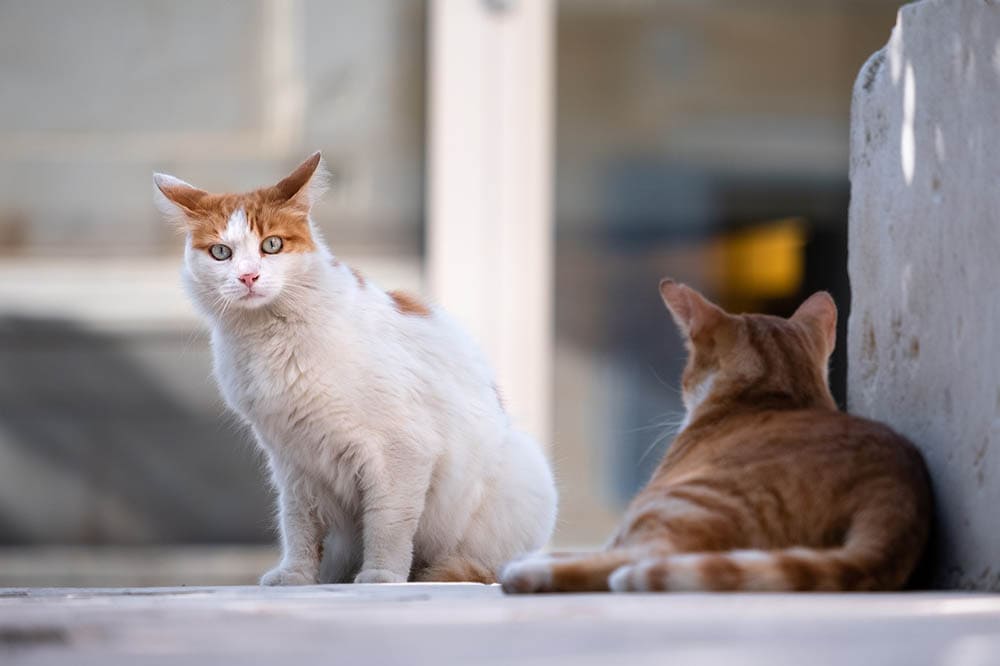
 Conclusion
Conclusion
We know it is frustrating to not have a simple answer. Unfortunately, that is often the problem with medicine. And feral cats have been a long, ongoing, and complicated problem for veterinary medicine. Reducing their numbers and providing safe, healthy homes for them is the only way to effectively ensure their well-being.
Lice are most likely to infest cats that live close together and are in poor health, and sadly this often perfectly describes feral cats. So, providing the cat with proper medical care, nutrition, and an uncrowded place to live is really the best treatment.
See Also:
- How to Treat Mange in Feral Cats: Our Vet Gives 8 Tips & Tricks
- How to Help Control Fleas in Feral Cats: 5 Vet Approved Tips & Tricks
Featured Image Credit: Akira, Unsplash

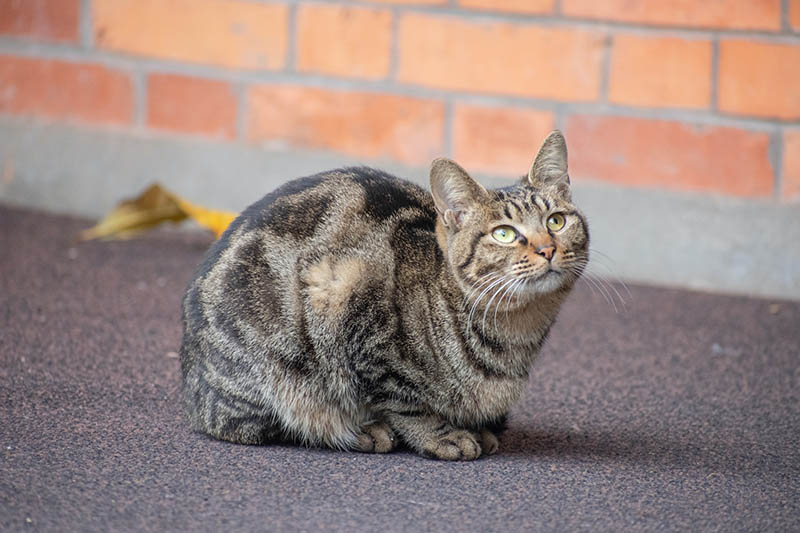


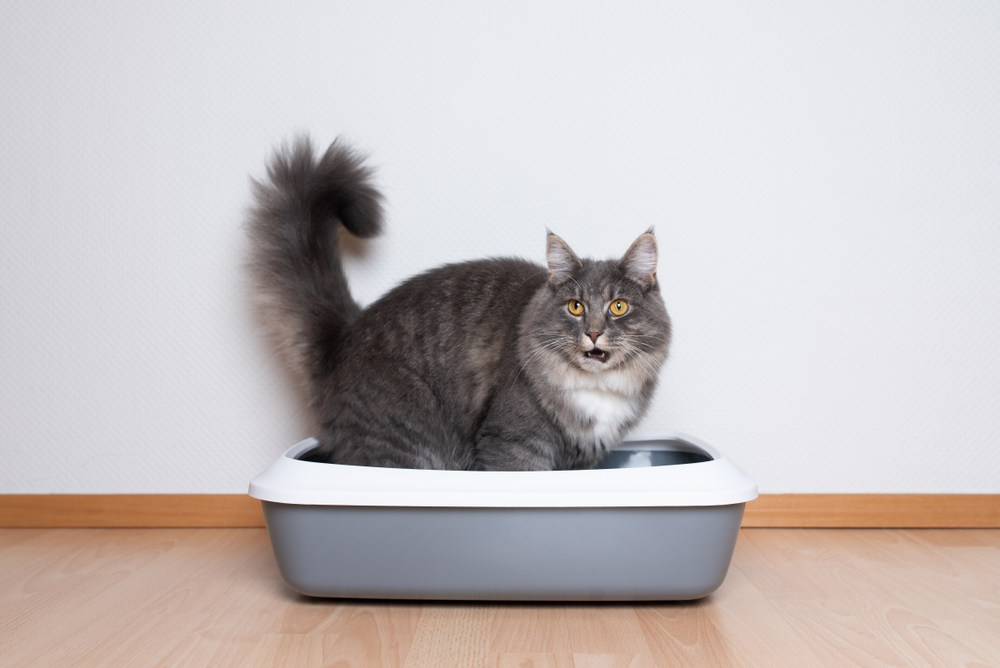




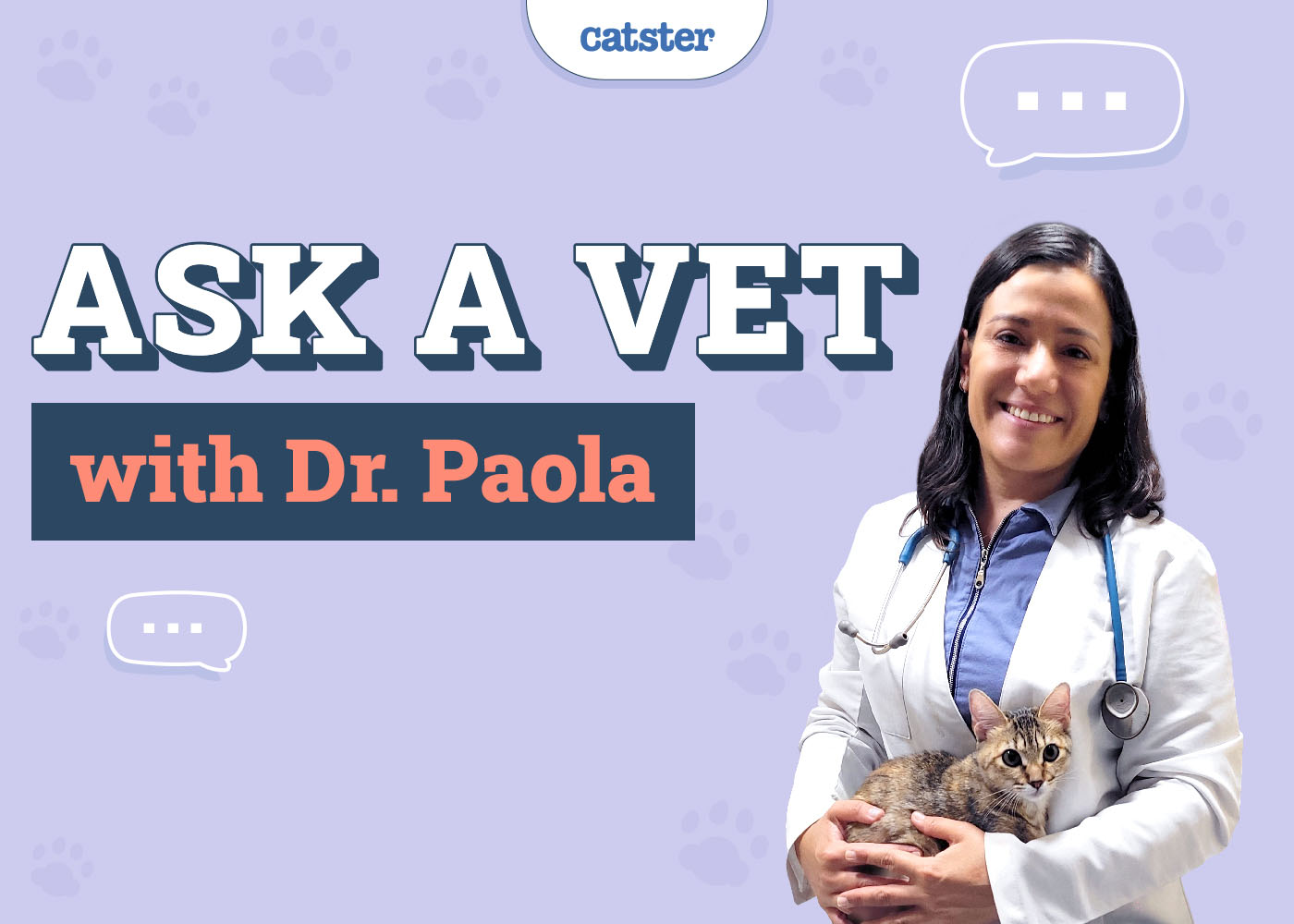
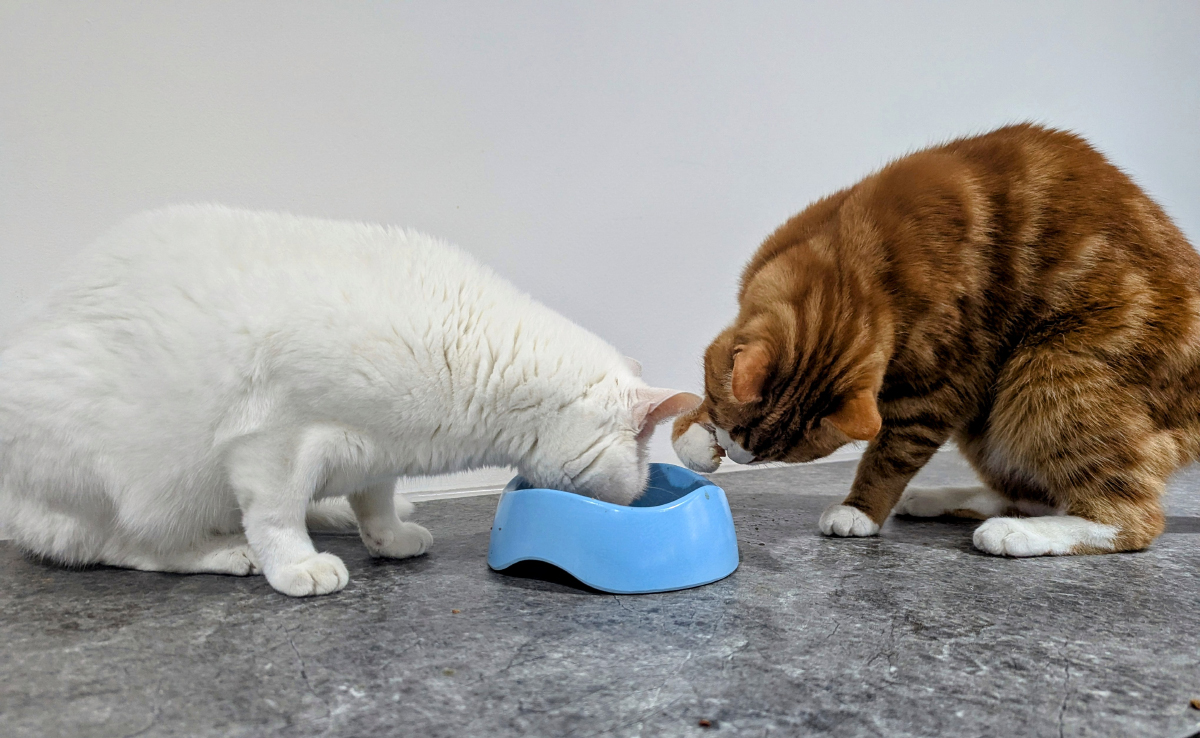
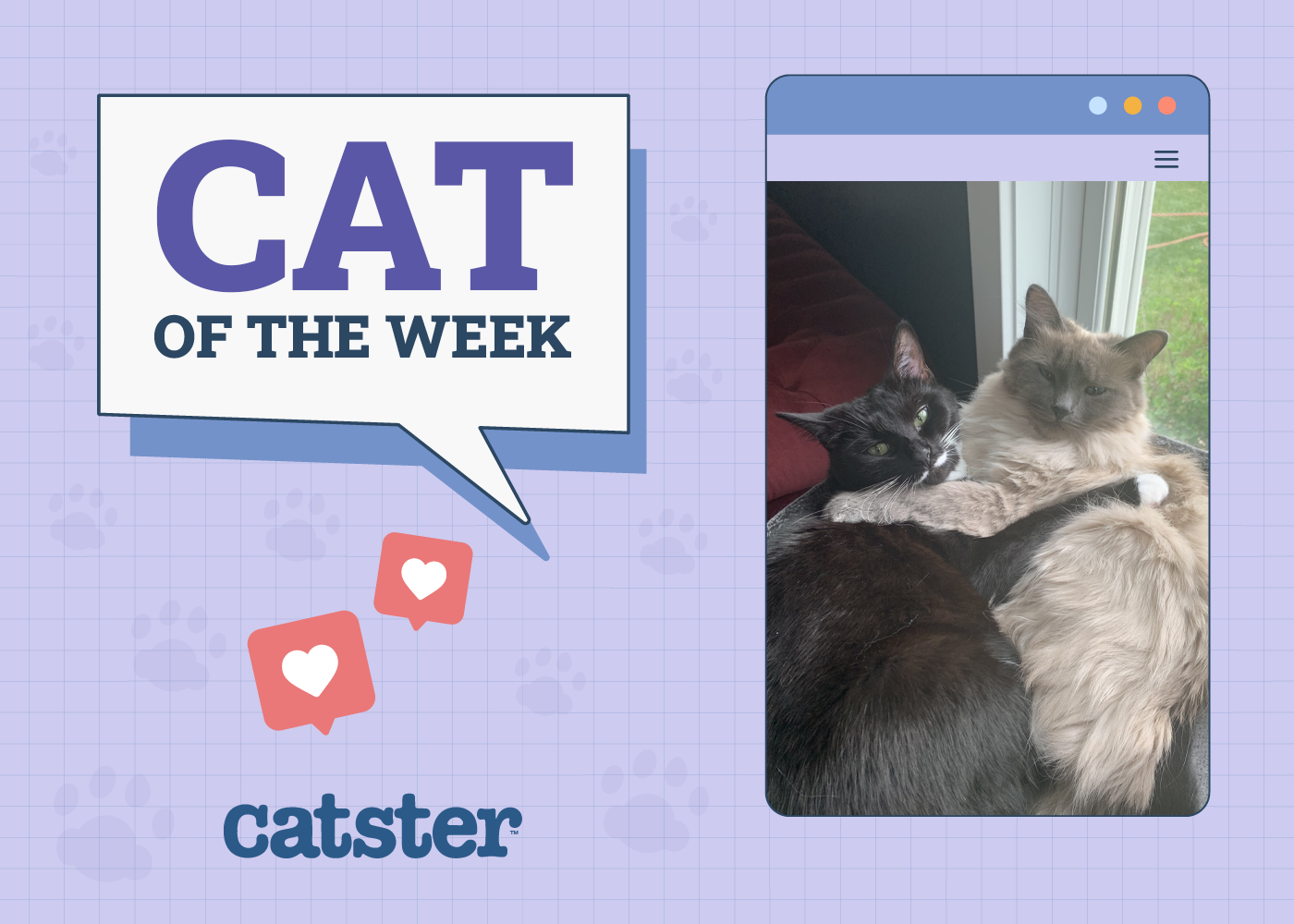
Five years ago I had 6 rural cat spade neutered and dewormed , for five years I didn’t have a problem . Then all six cat came down with lice ,they are all feral I can not put topical medication on them . They cry out in pain what can I do.
Dear June,
thank you for your message, although we are sorry to hear about your cats' struggle. Unfortunately, if you want to treat those 6 cats successfully, the only thing you can do is to capture them and provide them with lice medication on the skin. Based on the seriousness of the infestation, you will need to do this regularly until the lice are gone.
Please keep in mind, that since all of those cats are feral and they are roaming freely, there is always a risk they will meet with another infested cat and the lice will return.
Another thing we can recommend is asking for local animal services to help. You can also read some of our other articles on this matter:
– How to Trap a Feral Cat: 9 Vet-Verified Steps for TNR Programs – https://www.catster.com/lifestyle/how-to-trap-a-feral-cat-for-tnr/
– How to Get a Feral Cat Into a Carrier: 14 Expert Tips & Tricks – https://www.catster.com/lifestyle/how-to-get-a-feral-cat-into-a-carrier/
Just copy and paste the URL into your browser. Hope this helps.